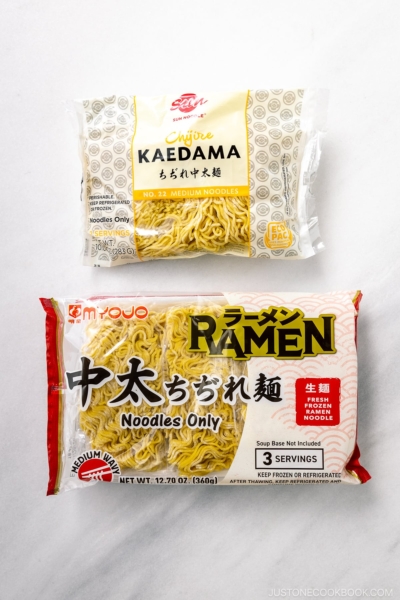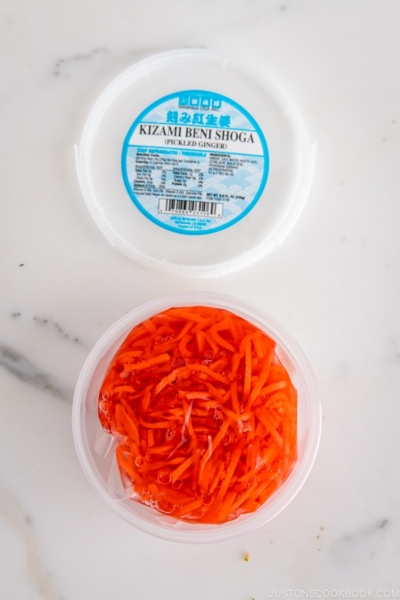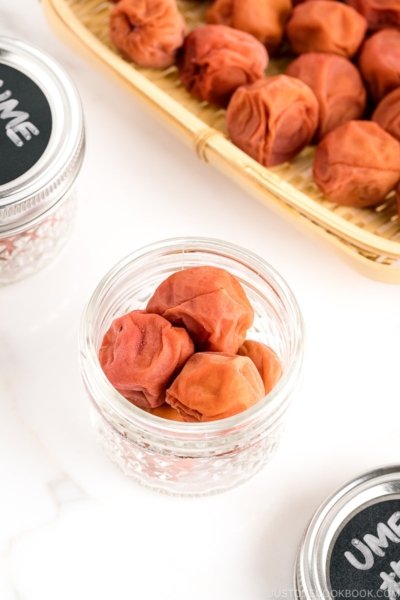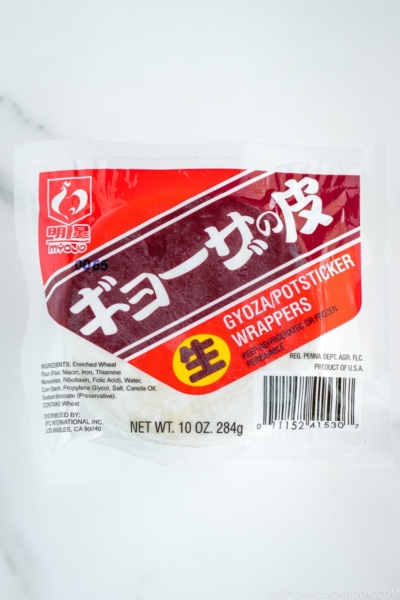Japanese sweet rice, glutinous rice, or mochi rice, is the second most common variety of Japanese short-grain rice. It is stickier than regular Japanese rice and is pounded into mochi rice cakes, made into sweets, or cooked with beans for sekihan.
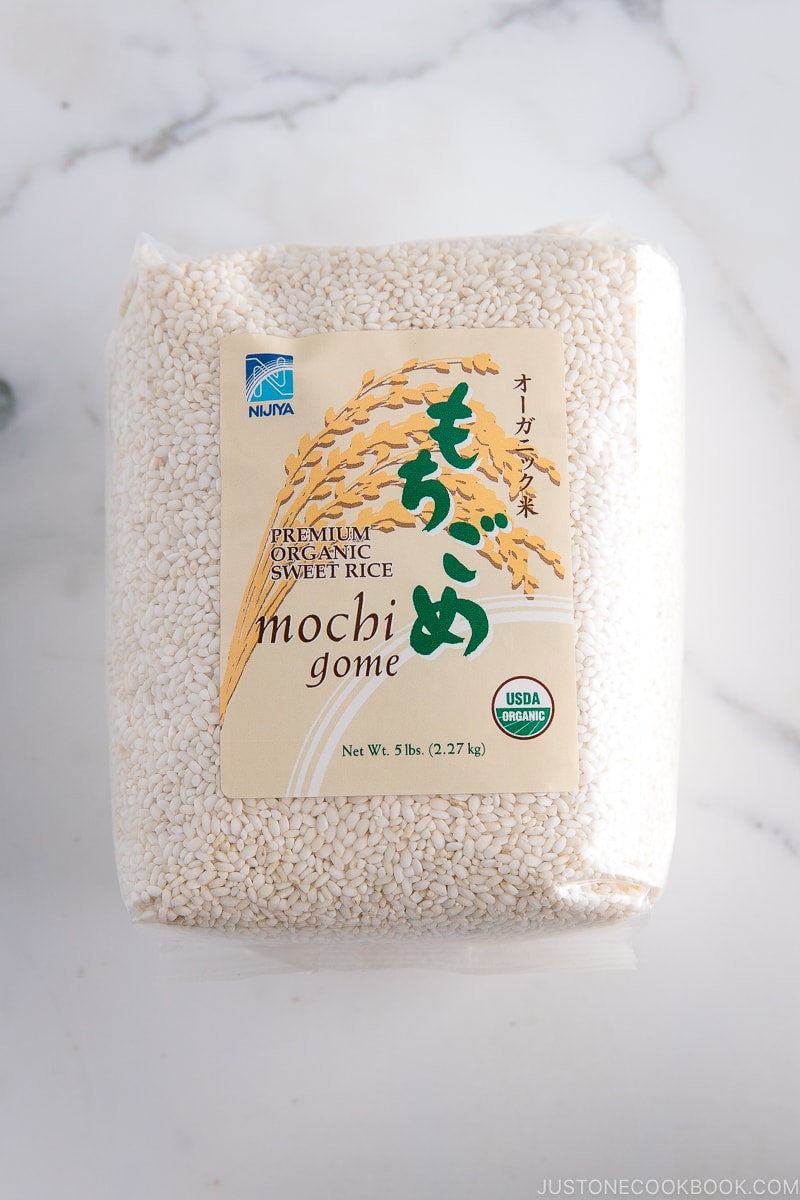
Japanese sweet rice, glutinous rice, or mochi rice (mochi gome もち米) is a short-grain Japonica rice cultivar. The rice grains are opaque, shorter, and rounder than regular Japanese short-grain rice. It makes mochi, sekihan, and osenbei (お煎餅 rice crackers).
Table of contents
What is Japanese Sweet Rice (Glutinous Rice)
Japanese sweet rice, glutinous rice, or mochi rice (mochi gome もち米) is a short-grain rice cultivar grown in Japan. It’s used for sweet and savory dishes and is available in white rice, with its husk and germ removed.
Like short-grain rice, it’s harvested between the end of August to early October. Like shinmai (新米 “new rice”), freshly harvested sweet rice is highly aromatic, chewy, and prized.
Because of its low amylose content, glutinous rice is sticky, chewier, and glutinous when cooked. Unlike short-grain rice, it doesn’t harden when cooled.
Glutinous rice flour (AKA shiratamako, sweet rice flour, and mochi flour) is an ingredient in wagashi, such as green tea mochi, dango, and shiratama.
What Does It Taste Like
It has a slightly sweet taste, which makes it ideal for desserts or cakes.
Difference between sweet rice and Japanese short-grain rice
Some may confuse glutinous rice with regular Japanese short-grain rice (uruchimai 粳米, also known as sushi rice in the U.S.), which has a sticky texture when cooked. Both are occasionally referred to as sticky rice to make it more confusing!
However, these are two different types of rice. Japanese short-grain rice is for sushi, onigiri, or plain rice for meals; it is your everyday rice. Glutinous rice is not for sushi-making.
In other parts of Asia, glutinous rice is consumed as staple rice in meals. Long-grain glutinous rice is eaten in sweet and savory dishes in Southeast Asian cuisines.
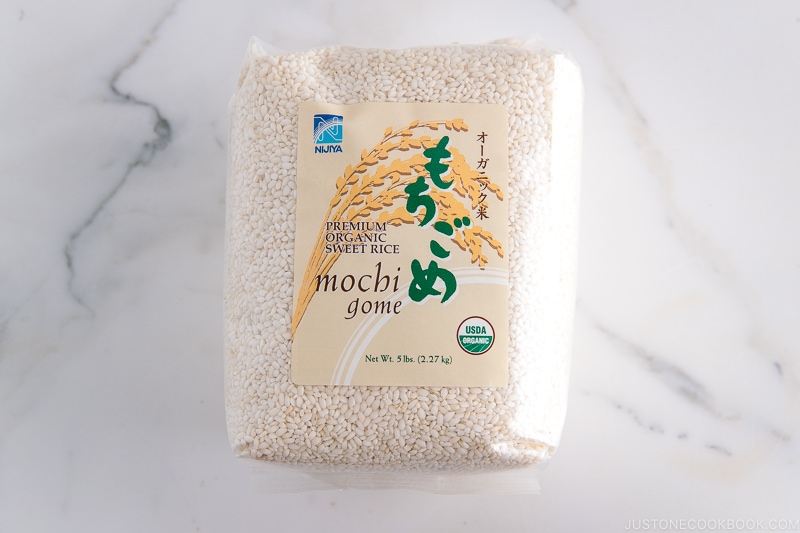
How To Use
Before cooking, rinse the sweet rice just like how you rinse regular rice.
If you are steaming, soak the rice in water for at least one hour, preferably overnight, until the grains become pure white. This means that the grains have absorbed water to their core.
If you cook it in a rice cooker or a pot over the stove, you do not need to soak it before cooking. You can cook sweet rice in a rice cooker, saucepan, Instant Pot, or donabe.
Like regular Japanese rice, you can cook it with seasonings or diced vegetables. Okowa (おこわ) is like takikomi gohan, a rice dish with shiitake mushrooms, carrots, and chicken.
Recipes Using Sweet Rice
- How to Make Mochi with a Stand Mixer (Homemade Mochi) お餅の作り方
- Japanese Sticky Rice with Chicken and Vegetables (Okowa) 五目おこわ
- Ohagi (Botamochi) おはぎ (ぼたもち)
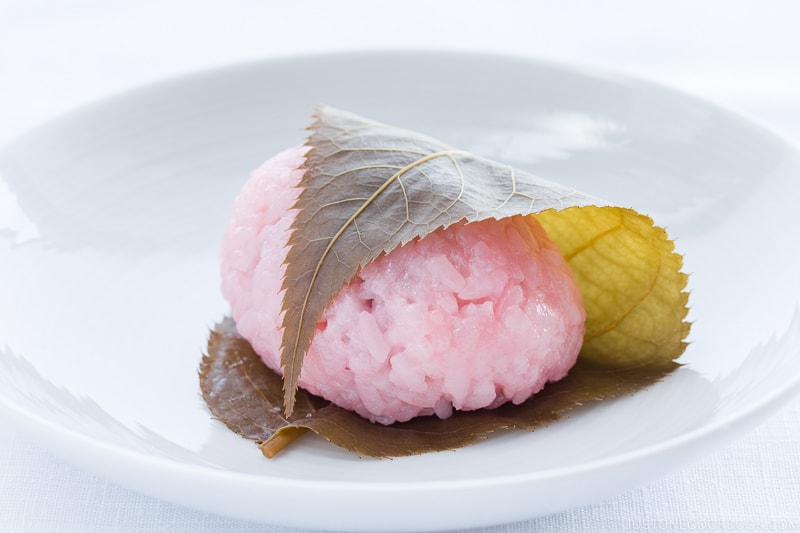
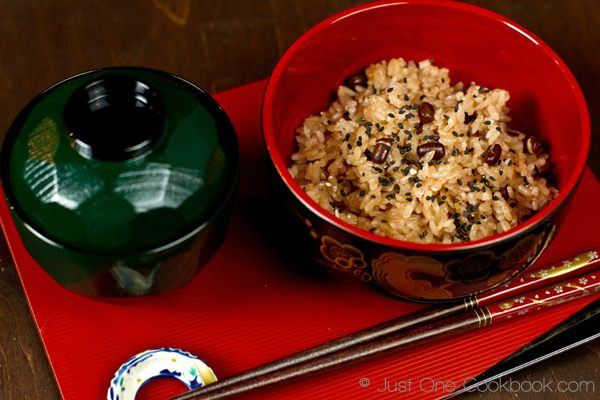
Where To Buy
It can be found at Japanese or Asian grocery stores. Check that the label indicates mochi gome or もち米 in Japanese on the package.
How To Store
Store uncooked rice in a cool, dry place like a pantry or fridge. From my experience, storing leftover rice in the freezer is best, not in the refrigerator. You can freeze cooked rice and reheat it by microwaving it.
FAQs
Can I substitute Japanese glutinous rice/sweet rice with other glutinous/sticky rice?
Japanese short-grain sweet rice/glutinous rice is NOT the same as Thai/Chinese long-grain glutinous rice (AKA Thai sticky rice). Mochi made of long-grain glutinous rice has a higher starch content and is not the same as the Japanese mochi texture. The name “sticky rice” can be confusing as it doesn’t refer to a specific variety of rice; it’s just a general term.
Similarly, I wouldn’t recommend substituting Japanese glutinous rice with Thai/Chinese variety.
Is glutinous rice gluten-free?
Although it is called glutinous rice due to its sticky or gluey texture, glutinous rice does not contain gluten. It is safe for a gluten-free diet.
Wish to learn more about Japanese cooking? Sign up for our free newsletter to receive cooking tips & recipe updates! And stay in touch with me on Facebook, Pinterest, YouTube, and Instagram.
